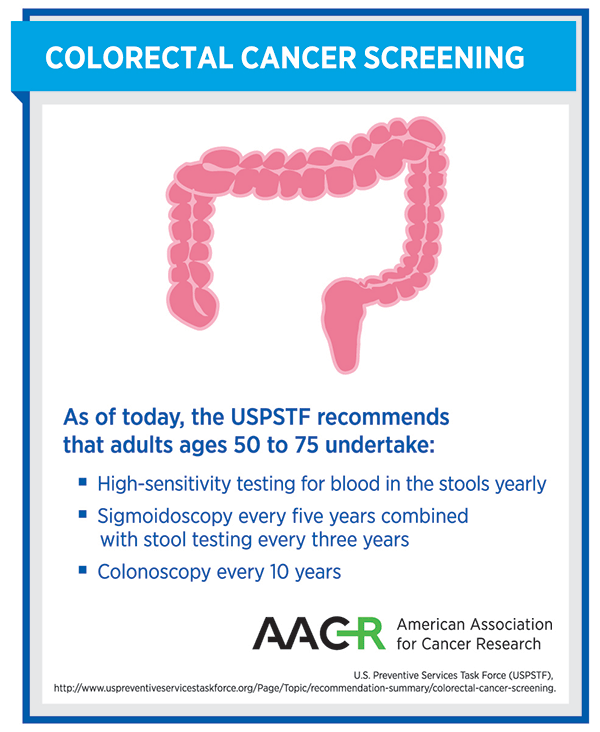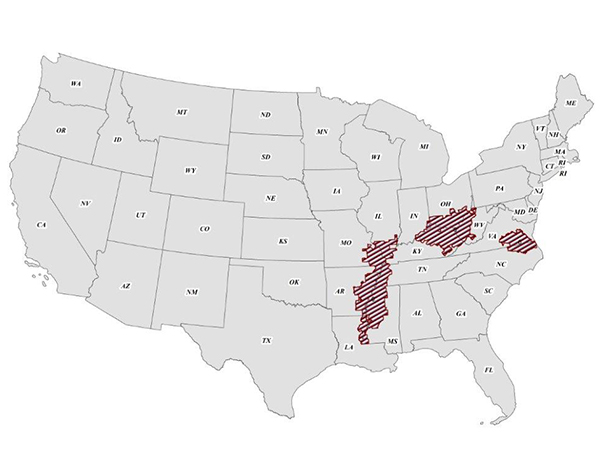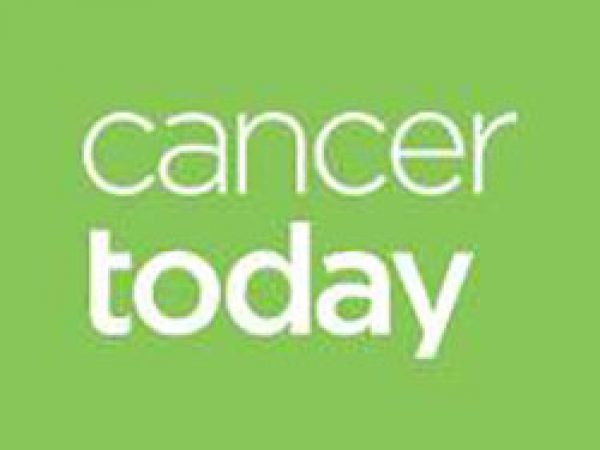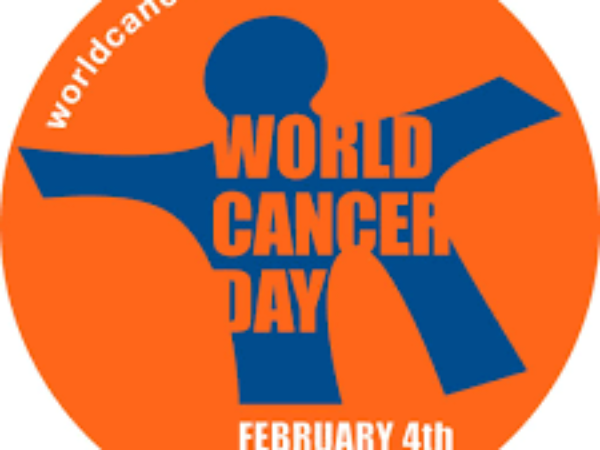Colorectal Cancer Screening Rates Well Below Government Target
Colorectal cancer screening prevented about 33,000 cases of colorectal cancer and saved the lives of about 16,000 U.S. residents between 2003 and 2007, according to the Centers for Disease Control and Prevention (CDC). Despite the benefits of colorectal cancer screening, a report published last week shows that we remain well short of hitting the Healthy People 2020 target of 70.5 percent of U.S. adults ages 50–75 being up to date with colorectal cancer screening.
 Screening reduces the incidence and mortality of colorectal cancer in two ways. First, by detecting these cancers at an early stage, when successful treatment is more likely, and second, by preventing them from developing in the first place. Screening can prevent colorectal cancer developing because precancerous polyps found through screening can be removed and thereby prevented from going on to become cancers.
Screening reduces the incidence and mortality of colorectal cancer in two ways. First, by detecting these cancers at an early stage, when successful treatment is more likely, and second, by preventing them from developing in the first place. Screening can prevent colorectal cancer developing because precancerous polyps found through screening can be removed and thereby prevented from going on to become cancers.
The new CDC report provides data on colorectal cancer screening among U.S. adults ages 50–75 of different races and ethnicities, from 2000 to 2013. The good news is that during that period, the percentage of individuals in each group who were up to date with colorectal cancer screening increased dramatically. Non-Hispanic Asians ages 50–75 had the largest increase, with the percentage of those receiving screening more than doubling, from 20.6 percent in 2000 to 51.2 percent in 2013.
The bad news is that none of the groups was within 10 percentage points of the Healthy People 2020 target. Moreover, the fraction of people receiving screening within each group showed that substantial colorectal cancer screening disparities exist in the United States: 60.4 percent of non-Hispanic whites, 58.2 percent of non-Hispanic blacks, 51.2 percent of non-Hispanic Asians, and 41.5 percent of Hispanics ages 50–75 were up to date with screening.
Colorectal cancer health disparities are not just experienced by racial and ethnic minorities. A recent study published in the AACR journal Cancer Epidemiology, Biomarkers & Prevention, found three large geographic hot spots with excessive colorectal cancer death rates. In a press release, the lead author of the study, Rebecca Siegel, MPH, director of surveillance information at the American Cancer Society, said, “These areas are low-hanging fruit for colorectal cancer screening interventions.”

This map shows the three “hot spots” identified in the study. Graphic courtesy of the American Cancer Society.
As Seigel noted, “Targeted interventions, like using people within the community to talk to their neighbors about screening, are likely to be effective. We know interventions work because we have an example in Delaware, where they implemented statewide colorectal cancer screening and effectively eliminated disparities in less than a decade.”
Together, these data show the need for a concerted effort to increase use of colorectal cancer screening among all U.S. adults ages 50–75, with a special emphasis on individuals who are at highest risk for not being up to date for screening.
This topic will be just one area of cancer health disparities discussed by experts in the field when they gather in Atlanta, Georgia, for the Eighth AACR Conference on the Science of Cancer Health Disparities in Racial/Ethnic Minorities and the Medically Underserved. Advance registration for this scientific conference, which will be held Nov. 13–16, is available until Tuesday, Sept. 29.



